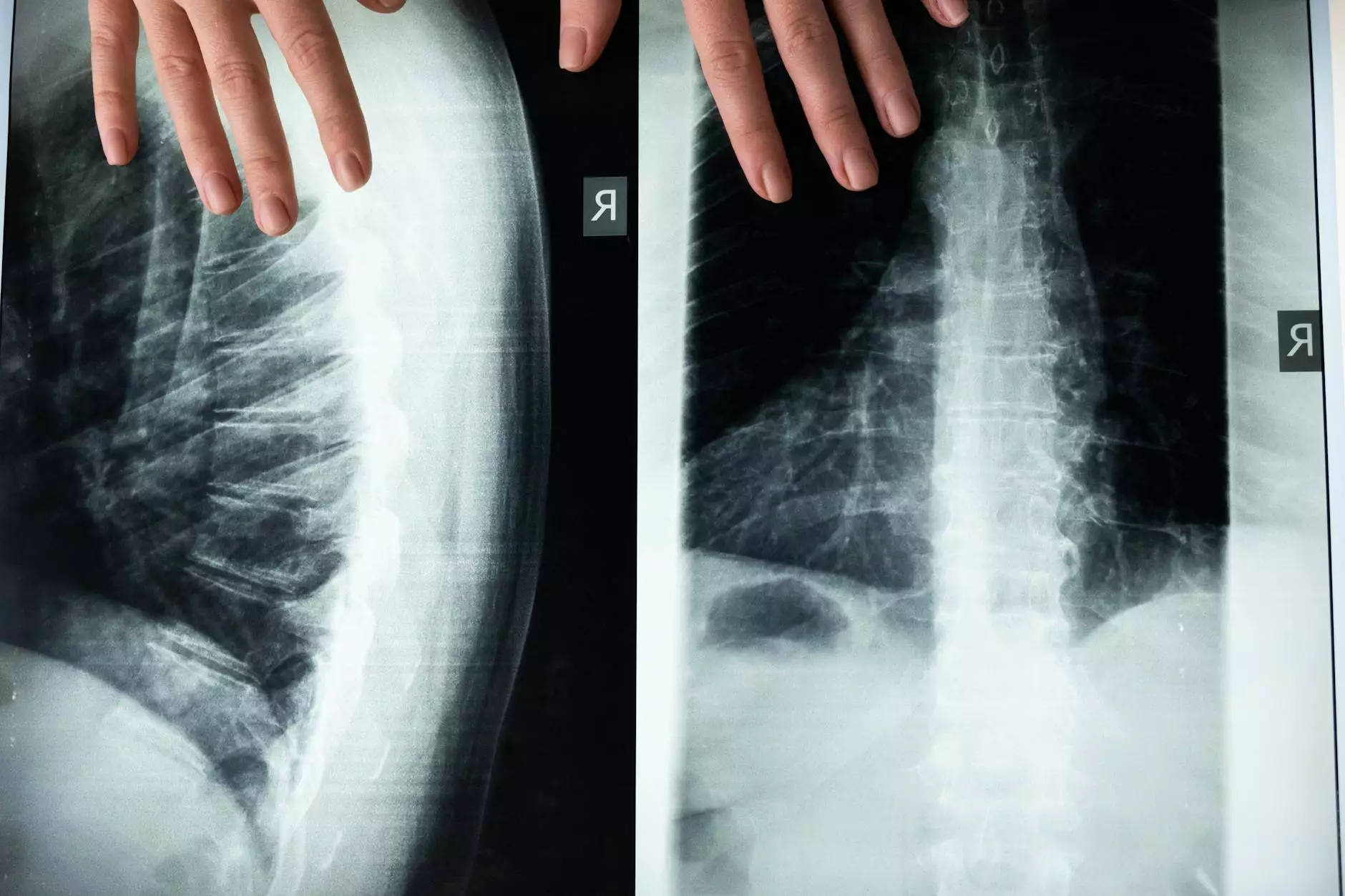Disc Herniation: A Patient's Guide to Spine Structure and Symptoms

The Importance of Spinal Health
When it comes to overall health and well-being, one cannot underestimate the significance of maintaining a healthy spine. The spine, also known as the vertebral column or backbone, serves as the central support structure of our bodies. It not only provides stability and protection for the delicate spinal cord, but it also facilitates movement and enables us to perform various activities.
Understanding Spine Structure
The spine consists of 33 individual bones called vertebrae, which are stacked on top of each other, forming the spinal column. These vertebrae are categorized into different regions, namely, cervical (neck), thoracic (mid-back), lumbar (lower back), sacrum, and coccyx. Each region plays a unique role in maintaining proper posture, stability, and movement.
The Cervical Spine
The cervical spine, which consists of seven vertebrae, supports the weight of the head, allows for a wide range of motion, and protects the vital spinal cord. Any issues or abnormalities in this region can lead to neck pain, headaches, and even radiating discomfort into the arms and hands.
The Thoracic Spine
The thoracic spine spans the area from the base of the neck to the bottom of the ribcage and consists of twelve vertebrae. This section of the spine provides stability, protects the organs housed in the chest, and facilitates proper breathing. Conditions affecting the thoracic spine may cause mid-back pain, difficulty breathing, and postural abnormalities.
The Lumbar Spine
The lumbar spine, often referred to as the lower back, is responsible for supporting the weight of the upper body and allowing various movements such as bending, twisting, and lifting. Comprised of five vertebrae, the lumbar region is highly prone to injuries and degenerative conditions, leading to lower back pain, sciatica, and mobility issues.
The Sacrum and Coccyx
The sacrum and coccyx are the fused bones located below the lumbar spine. The sacrum forms the base of the spine and connects it to the pelvis, while the coccyx, commonly known as the tailbone, serves as an attachment point for several muscles and ligaments. Injuries or disorders in these areas can cause localized pain and discomfort.
What is Disc Herniation?
Disc herniation, also known as a slipped disc, is a medical condition that occurs when the soft inner portion of a spinal disc pushes through the tough outer layer, known as the annulus fibrosus. This can happen due to various factors, including age, wear and tear, and sudden trauma.
Recognizing Symptoms of Disc Herniation
The symptoms of disc herniation can vary depending on the location and severity of the herniated disc. It is essential to remain aware of potential signs and seek medical attention if any of the following symptoms arise:
- Localized Pain: The affected area may experience sharp or dull pain, often exacerbated by movement or certain positions.
- Radiating Pain: The pain may radiate along the pathway of the affected nerve, causing discomfort in the arms, legs, or other body parts.
- Numbness and Tingling: Herniated discs can compress nerves, leading to sensations of numbness, tingling, or a pins-and-needles feeling.
- Muscle Weakness: If a herniated disc affects nerve function, it can result in muscle weakness or difficulty performing certain movements.
- Loss of Balance or Coordination: In more severe cases, disc herniation can cause issues with balance and coordination, impacting daily activities and mobility.
Treatment Options for Disc Herniation
Fortunately, there are various treatment options available to help manage disc herniation and alleviate associated symptoms. The most suitable treatment approach depends on factors such as the severity of the herniation, the patient's overall health, and the specific symptoms experienced. Possible treatment options include:
- Conservative Measures: Non-surgical approaches, such as rest, physical therapy, pain medication, and modified activity, are often effective at relieving symptoms and promoting healing.
- Epidural Steroid Injections: These injections help reduce inflammation and provide temporary pain relief in cases where symptoms persist despite conservative measures.
- Surgery: In severe cases or when conservative treatments fail to bring relief, surgical intervention may be necessary. Procedures like microdiscectomy and spinal fusion aim to remove or repair the herniated disc and stabilize the spine.
Preventing Disc Herniation
While disc herniation may not always be preventable, there are steps individuals can take to reduce their risk and maintain good spinal health. Here are some helpful tips:
- Maintain Proper Posture: Practice good posture while sitting, standing, and lifting to minimize unnecessary strain on the spine.
- Engage in Regular Exercise: Strengthening the core muscles and maintaining a healthy weight can help support the spine and reduce the risk of disc herniation.
- Use Proper Lifting Techniques: When lifting heavy objects, remember to bend your knees, keep the back straight, and avoid twisting motions.
- Take Breaks During Prolonged Sitting or Standing: If your job involves prolonged sitting or standing, take regular breaks to stretch and change positions.
- Quit Smoking: Smoking can interfere with the body's ability to heal and increase the risk of disc degeneration.
- Stay Hydrated: Drinking an adequate amount of water is essential for maintaining healthy spinal discs.
Conclusion
Understanding the structure of the spine and the intricacies of disc herniation can empower patients to take proactive steps towards maintaining good spinal health. By recognizing the symptoms, seeking appropriate treatment, and implementing preventive measures, individuals can significantly improve their quality of life and reduce the risk of future spine-related issues. Naab Road Surgical Center is dedicated to providing comprehensive care and support for patients with disc herniation and other spinal conditions. Contact us today to schedule a consultation with one of our experienced healthcare professionals.




